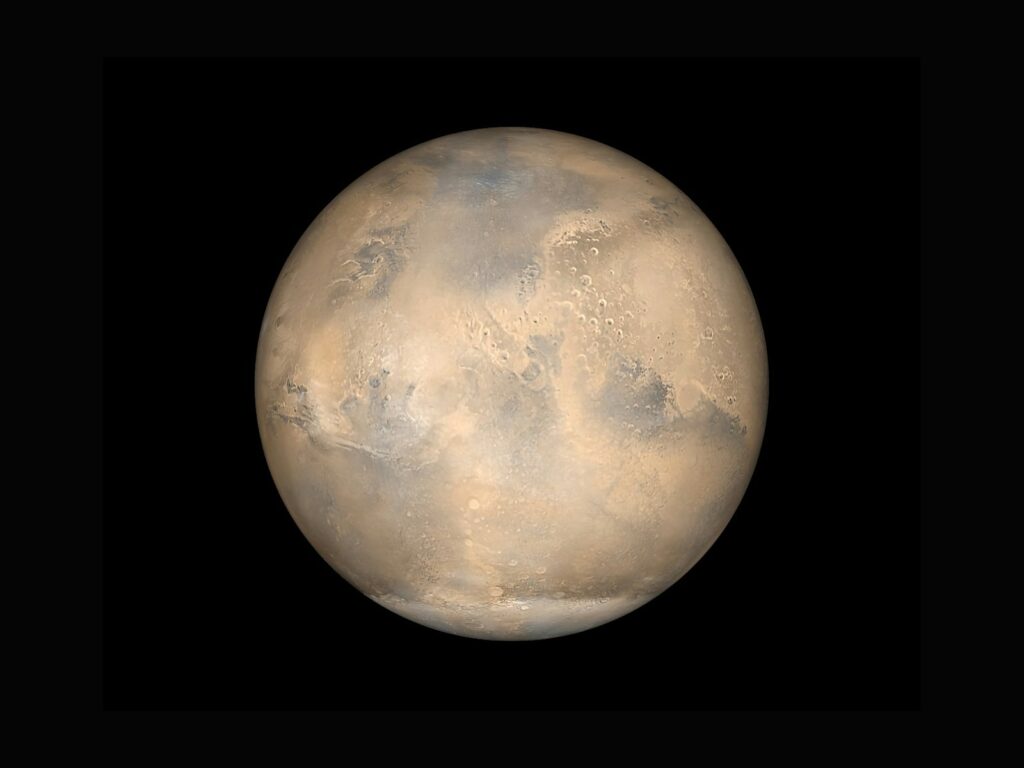The European Space Agency (ESA) has unveiled an innovative approach to Mars exploration, using a groundbreaking spacecraft called Lightship. This low-cost solution could drastically change how we explore the Red Planet and beyond.
Key Points at a Glance:
- The Lightship is a lightweight, low-cost spacecraft designed for Mars exploration.
- It leverages solar sailing technology to reduce mission expenses.
- The craft’s modular design ensures scalability and adaptability for future missions.
- ESA aims to make Mars exploration more accessible and sustainable.
- Lightship is a critical step toward affordable deep-space missions.
Mars exploration has always been a high-stakes endeavor, with costs and risks that can reach astronomical levels. However, the European Space Agency (ESA) is aiming to change the paradigm with its new Lightship program—a revolutionary spacecraft designed to be both affordable and efficient. This innovation could redefine the way humanity approaches interplanetary missions.
At the heart of the Lightship’s design is its use of solar sailing technology. Unlike conventional spacecraft that rely on chemical propulsion, the Lightship harnesses the power of sunlight to propel itself across space. Thin, reflective sails capture solar radiation, creating a gentle but continuous thrust. This method not only reduces fuel costs but also minimizes the overall weight of the spacecraft, making it cheaper to launch.
ESA’s Lightship is built with a modular framework that allows for easy customization based on mission objectives. Whether it’s carrying scientific instruments to study Martian geology or deploying mini-rovers to survey the planet’s surface, the Lightship can adapt to various tasks without requiring a complete redesign. This flexibility is expected to lower the financial barrier for space exploration, encouraging more countries and organizations to participate in Mars missions.
One of the most remarkable aspects of the Lightship is its potential for scalability. ESA envisions a future where fleets of Lightships can be deployed simultaneously, creating a network of interconnected missions that can share data and resources. This would not only enhance the efficiency of Mars exploration but also pave the way for multi-planetary studies, including asteroid mining and lunar expeditions.
The environmental impact of space exploration has also been a growing concern, and the Lightship addresses this issue by reducing the need for heavy rockets and toxic propellants. Solar sailing is a sustainable propulsion method that aligns with global efforts to minimize the ecological footprint of technological advancements.

ESA’s Lightship program is still in its early stages, but the agency has already conducted successful ground-based tests to demonstrate the feasibility of the technology. The next step involves launching a prototype into Earth orbit to assess its performance in space. If all goes well, the first Mars-bound Lightship could lift off within the next decade.
While the Lightship is not the first spacecraft to employ solar sailing—Japan’s IKAROS and NASA’s NEA Scout have also tested the technology—it is the first to integrate this propulsion method into a fully modular, cost-effective design specifically for Mars missions. This gives ESA a unique edge in the global race to explore the Red Planet.
As space agencies and private companies worldwide continue to push the boundaries of what’s possible in space, ESA’s Lightship stands out as a beacon of innovation and sustainability. By making interplanetary exploration more accessible, it holds the promise of accelerating humanity’s journey to become a multi-planetary species. The era of affordable and sustainable Mars missions may be closer than we think.